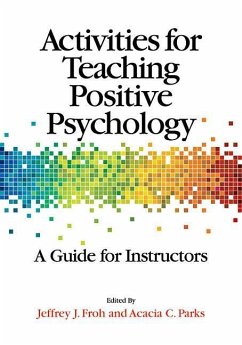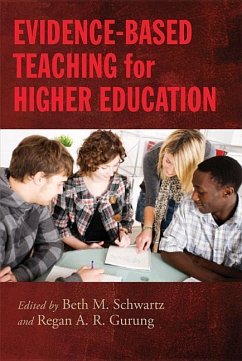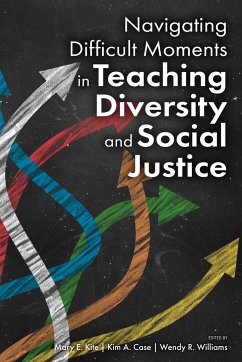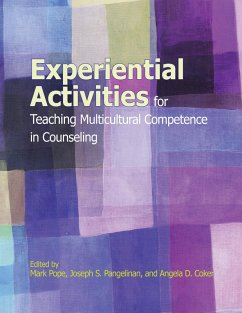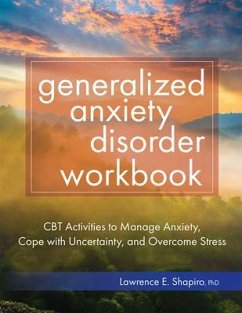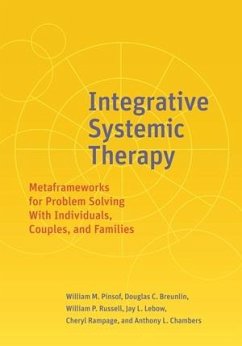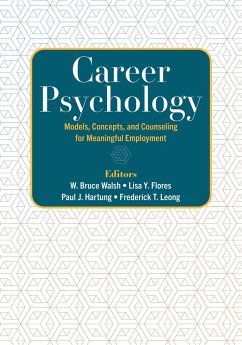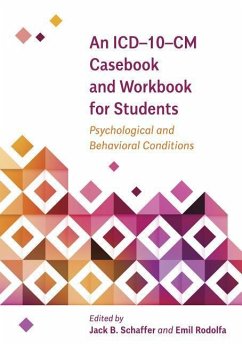Nicht lieferbar
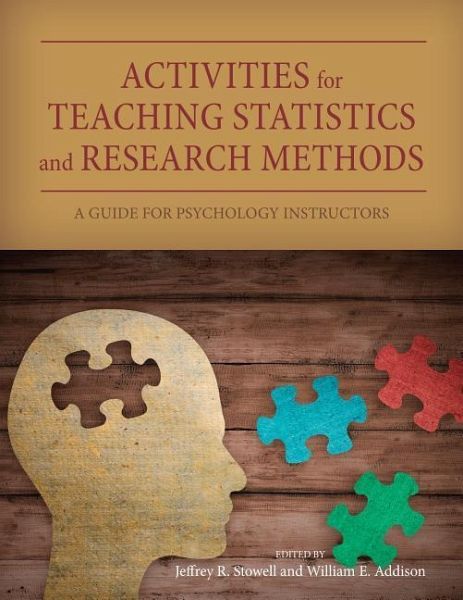
Activities for Teaching Statistics and Research Methods
A Guide for Psychology Instructors
Herausgeber: Stowell, Jeffrey R; Addison, William E
Versandkostenfrei!
Nicht lieferbar




A sound understanding of statistics and research methods is essential for all psychologists, and these topics are core components of both Advanced Placement and undergraduate psychology curricula. This book offers a comprehensive collection of original, pedagogically sound, classroom-tested activities that engage students, teach principles, and inspire teachers.
Jeffrey R. Stowell, PhD, earned his doctoral degree in psychobiology from The Ohio State University. He is a professor and the assistant chair of the psychology department at Eastern Illinois University (EIU), where he teaches courses in biological psychology, sensation and perception, learning, and introductory psychology. He has published articles in Teaching of Psychology, Scholarship of Teaching and Learning in Psychology , and other teaching-related journals on the use of technology in teaching. He presents regularly at regional psychology conferences and mentors undergraduate and graduate student research. He participated in the 2 8 National Conference on Undergraduate Education in Psychology: A Blueprint for the Future of the Discipline. He received the Society for Teaching of Psychology's Early Career Teaching Award and served as the society's Internet editor for 8 years. At EIU, Dr. Stowell has earned the honors of Professor Laureate and Distinguished Honors Faculty Award he is a three-time winner of the Psi Chi Chapter Faculty of the Year Award and has received the College of Sciences' highest awards in three different areas (teaching, research, and service). William E. Addison, PhD, is a professor in the psychology department at EIU, where he has regularly taught courses in statistics and research methods. He is a Fellow and former president of APA Division 2 (Society for the Teaching of Psychology), and he is a charter Fellow of the Midwestern Psychological Association. He has served as a consulting editor and reviewer for the journal Teaching of Psychology, as a member of the GRE Psychology Test Development Committee, and as a faculty consultant for the annual Advanced Placement Exam in Psychology. He participated in the 999 National Forum on Psychology Partnerships and the 2 8 National Conference on Undergraduate Education in Psychology: A Blueprint for the Future of the Discipline. Dr. Addison presents regularly at annual meetings of APA and the Midwestern Psychological Association and at the Midwest Institute for Students and Teachers of Psychology. His publications include teaching-oriented articles in Teaching of Psychology and the College Student Journal. He has received a number of awards for his teaching, including the EIU Distinguished Faculty Award and the EIU Distinguished Honors Faculty Award.
Produktdetails
- Verlag: American Psychological Association (APA)
- Seitenzahl: 133
- Erscheinungstermin: 13. März 2017
- Englisch
- Abmessung: 274mm x 214mm x 10mm
- Gewicht: 342g
- ISBN-13: 9781433827143
- ISBN-10: 143382714X
- Artikelnr.: 47714066
Herstellerkennzeichnung
Libri GmbH
Europaallee 1
36244 Bad Hersfeld
gpsr@libri.de
Für dieses Produkt wurde noch keine Bewertung abgegeben. Wir würden uns sehr freuen, wenn du die erste Bewertung schreibst!
Eine Bewertung schreiben
Eine Bewertung schreiben
Andere Kunden interessierten sich für



